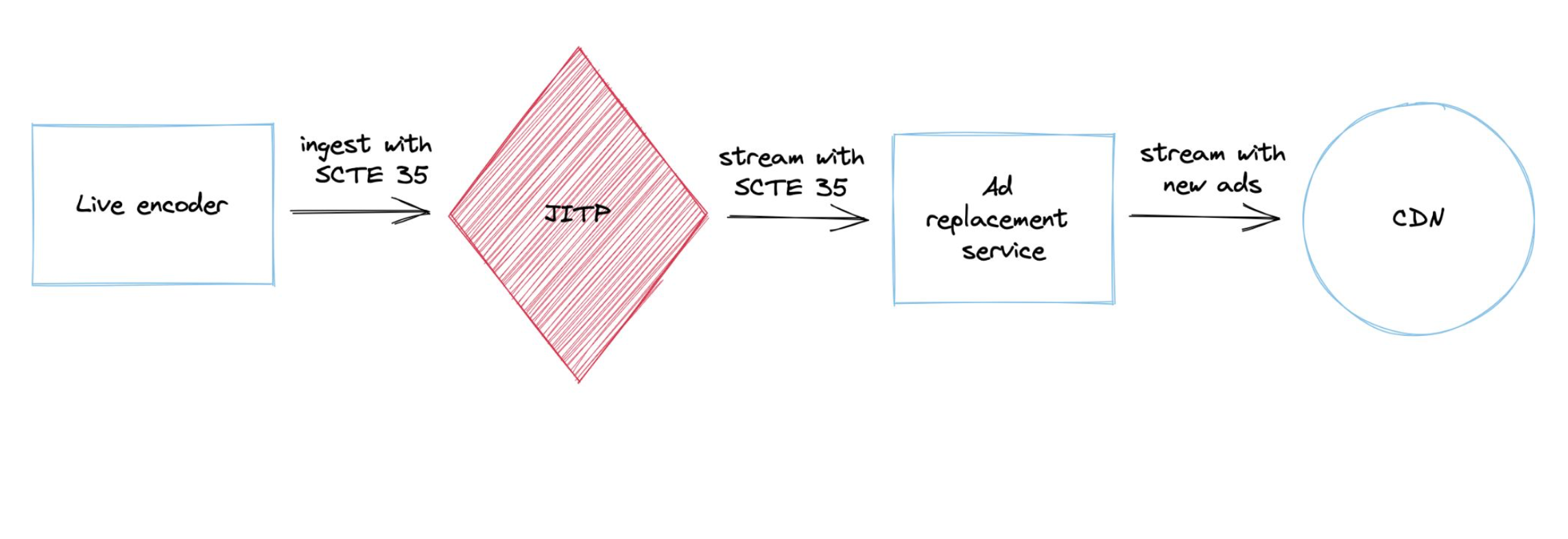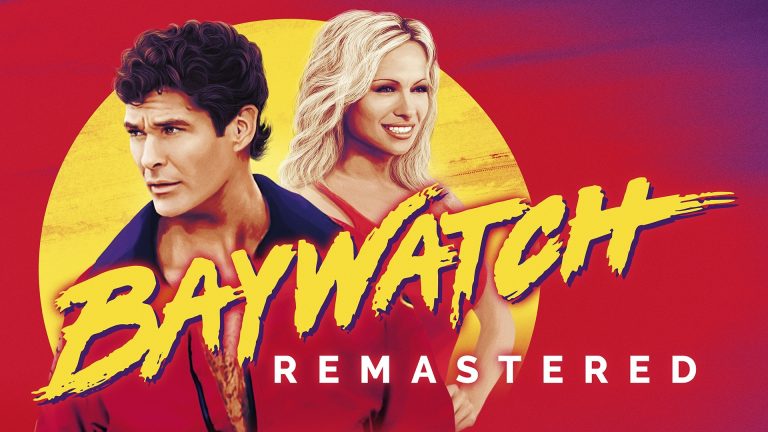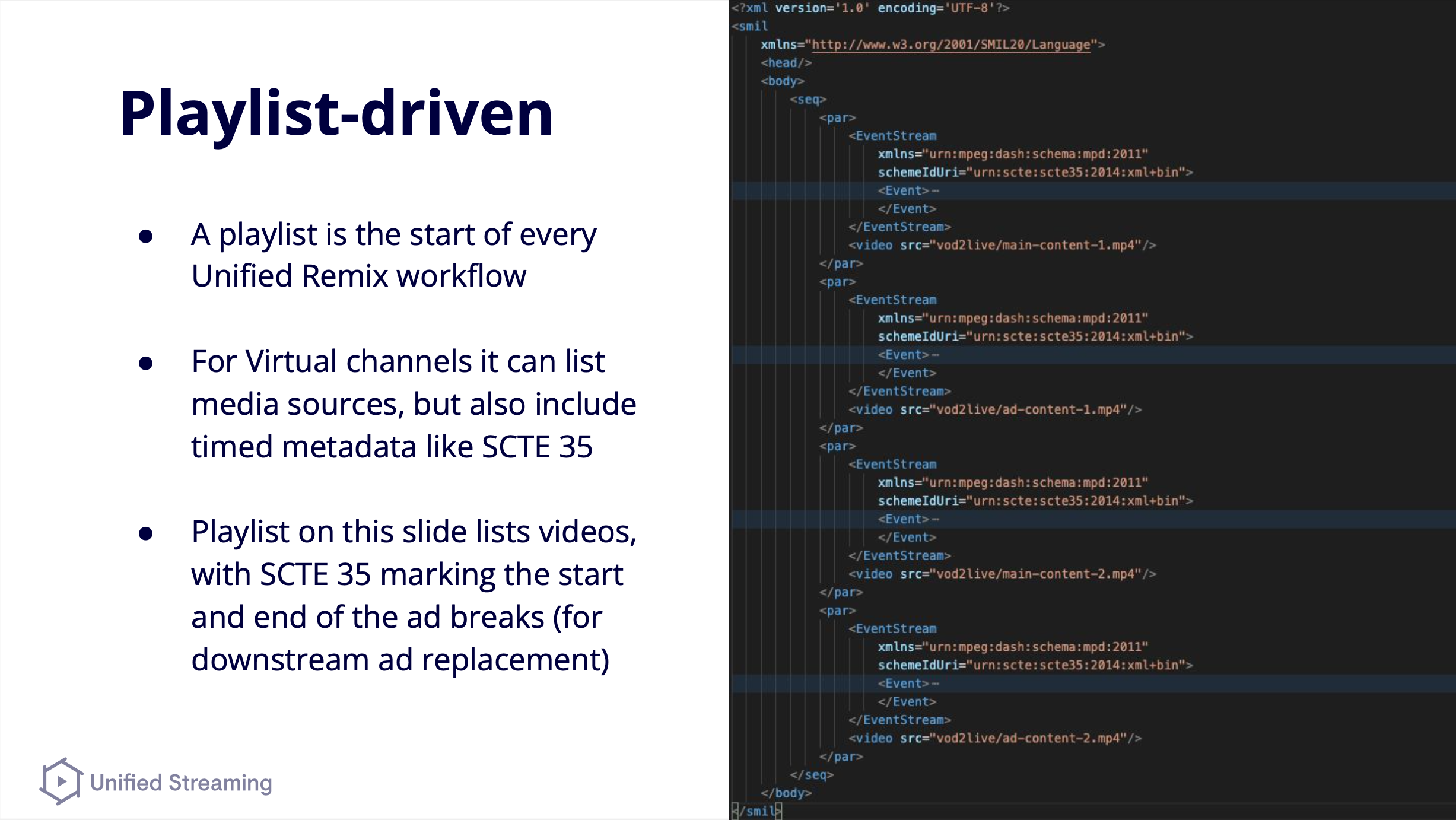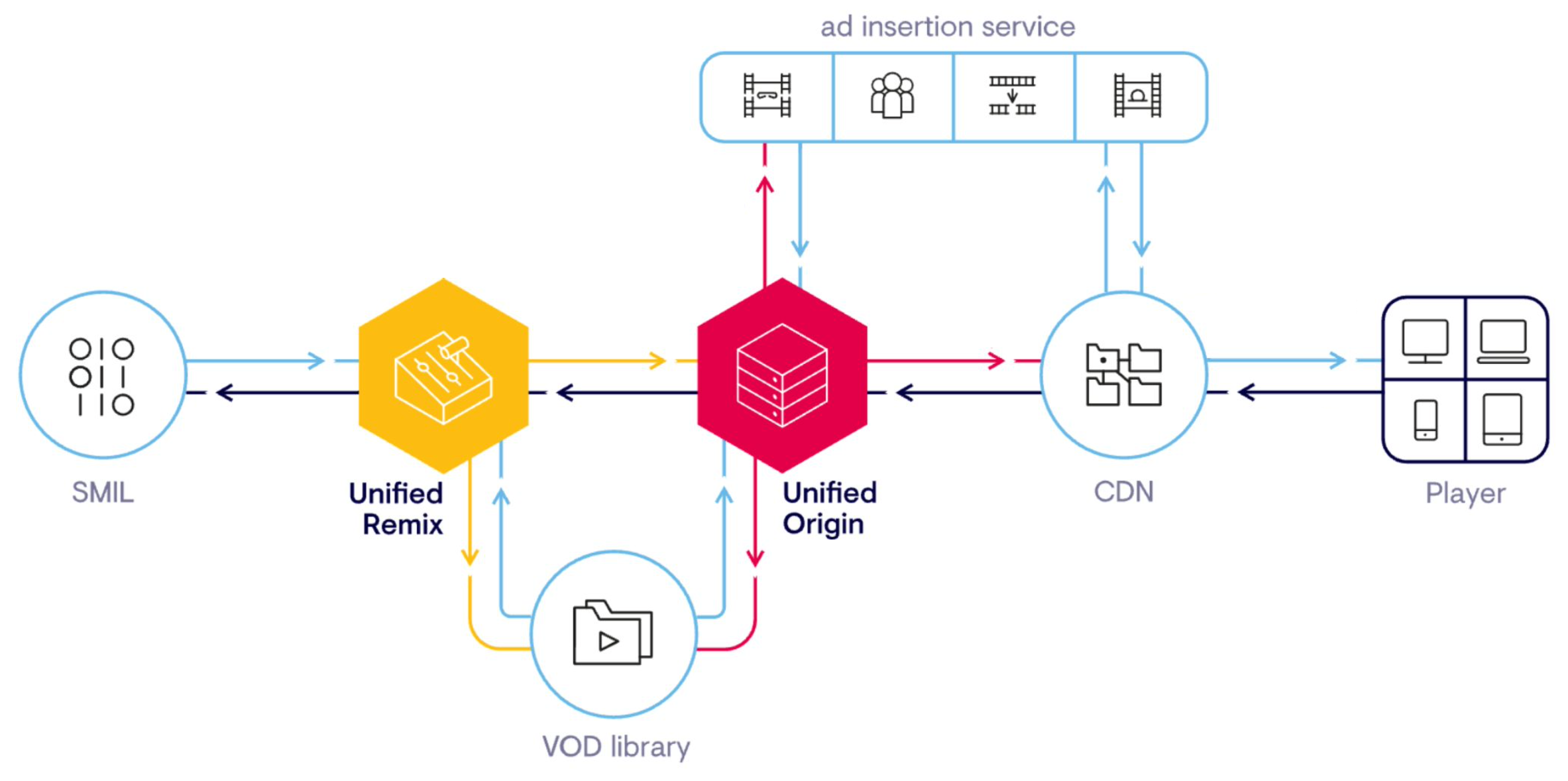I’d like to discuss free ad-supported TV, or FAST: how it can keep your streaming service more relevant, and how to run FAST without breaking the bank. Which I believe is possible if you can skip the need for a live encoder.
So what is FAST? It’s a streaming-only phenomenon that started in the U.S. around 2014. Pluto TV is one of the earliest examples. FAST gained a lot of traction in the past few years due to multiple big acquisitions. For instance, Pluto TV is now part of Viacom CBS. Tubi is part of Fox. And Xumo is part of Comcast.
The reasons for these acquisitions become clear when you take a look at the numbers. OnScreen Magazine predicts that in the U.S., revenue generated by FAST will double over the next two years.
What types of audiences does FAST target? Mainly, FAST is aimed at cord cutters: customers who’ve ditched their cable TV subscriptions, and those who never even had a TV subscription to begin with. Generally, FAST attracts probably a somewhat younger demographic who, in general, is harder to reach.
And what does a traditional FAST streaming setup look like?

Well it all starts with a live encoder, as traditionally there is no livestream without such an encoder. And this live encoder takes its input, and generates as its output the live stream, which in this case also should contain the SCTE-35 markers for ad insertion and ad replacement. The stream feeds into the just-in-time packager that can create all of the necessary output formats to deliver to many devices.
And the output stream is fed through an ad replacement service, which can read the manifest and replace segments where necessary to insert more relevant ads. Then the output of the ad replacement service is fed through a CDN (Content Delivery Network), where everything can be cached, and then delivered to your customers.
One example of FAST is The Price Is Right: The Barker Era, a channel that offers 24/7 access to vintage episodes of the longest running game show on American TV.

Another example is the Baywatch channel, which offers round-the-clock access to a remastered version of the classic series. But there are more examples like this, where existing content is reused to create new channels.

Essentially, the services running these channels are repurposing VOD content to offer it as a live stream, which seems really smart. Customers don’t have to think about which exact episode to watch. They can just switch to the channel, sit back, and relax. Anyone who’s anxiously scrolled through Netflix in search of something to stream can probably relate to the convenience of such an approach. (And anyone who’s up on their streamer news knows that even Netflix, long on content but long resistant to ads, is currently planning to offer a lower-priced, ad-supported subscription tier.)
Technically these channels full of repurposed VOD content differ significantly from those that incorporate truly live content. This makes it helpful to distinguish between true live linear, and virtual live linear. So in the case of virtual live linear channels, if you’re basically stitching together VOD assets, what’s the live encoder there for, really?
This seems like a fair question to ask, considering the fact that a live encoder can be pretty costly, whether it’s an upfront investment for the hardware, or to run it 24/7 in a software-as-a-service type of setup in the cloud. Well, this is where Unified Remix VOD2Live comes in.
VOD2Live is a solution that doesn’t need a live encoder, first of all. It’s software-only. It’s quick to market, without the need to set up a full broadcast chain to deliver the live stream. It’s compatible with cutting-edge codecs, and compatible with ad replacement services, also. And VOD2Live integrates easily with current workflows. Last but not least, it retains all the functionality of live encoder-based virtual live channels.
So how does VOD2Live work? (For information on how to run your own VOD2Live channel, see this blog.)
Like any of the workflows that use our Unified Remix product, you start with a playlist.

It’s an XML-based SMIL (Synchronized Multimedia Integration Language) playlist that gets fed into Unified Remix. And in this particular example, there’s main content, and there’s ad content. And at the start and end of the ad content, there are SCTE markers. So if you generate a stream from this, the downstream ad replacement service knows which ad segments to replace, or not.
Unified Remix reads the source material that is referenced in the playlist, and, based on the information in the source content, generates a seamless timeline. Remix writes that timeline and all the index information and also the references to the source content into a Remix MP4 or a data reference MP4. Unified Remix also adds the SCTE-35 marker information into this Remix MP4, but not the media data itself. And this makes this Remix MP4 very small. And also it’s completely ISO-BMFF compliant.
And the Remix MP4 is then fed into Unified Origin (our just-in-time packager that you may have heard of), serving as its input. And using Remix VOD2Live still offers you all the benefits of Unified Origin: its rock-solid stability, its very feature-rich functionality, for virtual subclips, for dynamic track filtering, but also its very broad support for DRM. And of course the ability to deliver to all the devices that you want, using HLS and MPEG-DASH.

So those are the pre-processing steps.
What happens next?
Well, since Unified Origin is a just-in-time packager, the stream is only generated once a player actually makes a request. So that’s what happens next. The player wants to see a stream. This request goes through the CDN, where nothing has been cached yet, because this player is actually the first to request this particular stream, and so the CDN passes on the request to the ad replacement service.
The ad replacement service also hasn’t seen the stream yet, so it passes the request on to Unified Origin. Unified Origin then reads the Remix MP4, based on the information in the Remix MP4, and reads the source data. Then it generates the client manifest — with the SCTE-35 markers, and with ad segment boundaries at the right points, so that the ad replacement service, based on that information and based on the prepared ad segments, can replace the ad segments with more relevant ads. And this manipulated manifest is then returned to the player, and is fed through the CDN so that the sequence request for the same stream can be served by a CDN directly.
And this is basically all there is to a Unified Remix VOD2Live workflow. At the center there’s Unified Remix, there’s Unified Origin, and of course your ad placement service, whether it’s your own, or a third-party.
So what are the takeaways when you stream FAST using VOD2Live?

First of all, there’s a low cost per channel because there’s no need for a live encoder. And it’s highly reliable and robust. It’s also highly scalable because of its low computational complexity, and because it’s software-only, so you don’t need to rely on specific hardware. This also means that you can run it everywhere you want, more or less: the cloud, on premise, containerized. This makes it easy to set up and deploy, and also it delivers to all devices using HLS and Dash.
Further, it means that no viewers equals no running costs. I mean you have prepared this playlist once, but if Unified Origin doesn’t have to generate any stream, it doesn’t use up any computational power.
Also you can stream in 4K HDR with advanced audio, using HEVC, AV1, Dolby Atmos, or DTSX. As far as we are aware, this flexibility is not possible with any live encoder.
And last but not least, all of the major DRM systems are supported — whether it’s PlayReady, FairPlay, Widevine, and whether it’s with one key, or multiple.
And so that’s the complete overview of Unified Remix VOD2Live: the software-only-based solution to deliver virtual live channels, whether it’s for FAST, or any other live streaming event.
If you’d like to try out VOD2Live, there is a containerized demo available. You can also sign up for a free 45-minute demo with one of our solutions experts, or sign up for a free 30-day trial.

